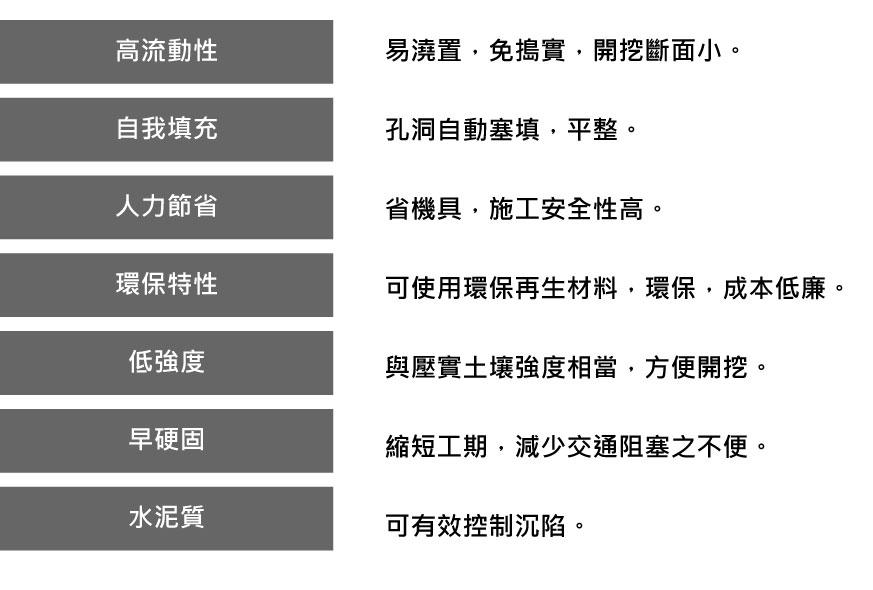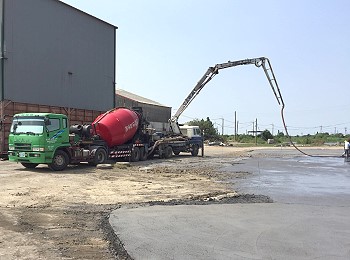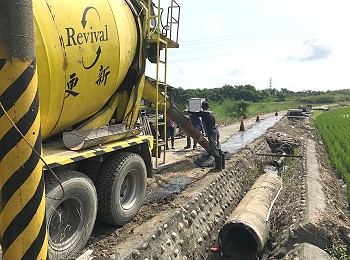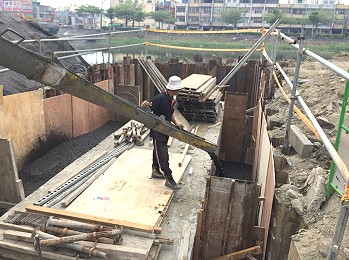What is CLSM
Controlled Low Strength Material (CLSM) is a mixture of cement, fly ash, aggregates, and water in specified proportions, with the option of using chemical admixtures when necessary.
The applications of CLSM include:
Controlled Low Strength Material (CLSM) is utilized extensively in public infrastructure projects by governmental bodies in recent years. This innovative material, characterized by its self-compacting properties and cementitious strength, serves to address deficiencies in traditional backfill materials, particularly in road sub-base applications, by meeting the demands for load-bearing capacity. Its attributes, including non-compaction, high fluidity, and controllability, have positioned it as a viable substitute for conventional well-graded aggregates. CLSM finds widespread use in backfilling operations associated with excavation for pipelines and trenches.
CLSM's compressive strength at 28 days, as per engineering specifications and supervisory directives, typically ranges from 20 to 90 kgf/c㎡, ensuring it can withstand vehicular loads while remaining easily excavatable by manual or mechanical means. Widely employed in backfilling operations for excavation projects by entities such as water utilities, Taiwan Power Company, water resources bureaus, and the Public Works Department, CLSM effectively addresses historical challenges in road backfilling and surface leveling.
CLSM Engineering Characteristics

Features and Functions of CLSM
01.Rapid Construction, No Need for Layered Compaction, Stable Settlement
02.Comparable Cost to Traditional Aggregate Fill Materials
03.Substitutes Natural Aggregate Materials and Facilitates Excavation
04.Waste Material Recycling and Maintenance of Earthwork Balance
Revival Environmental Industry Co.© 2024 All rights reserved




